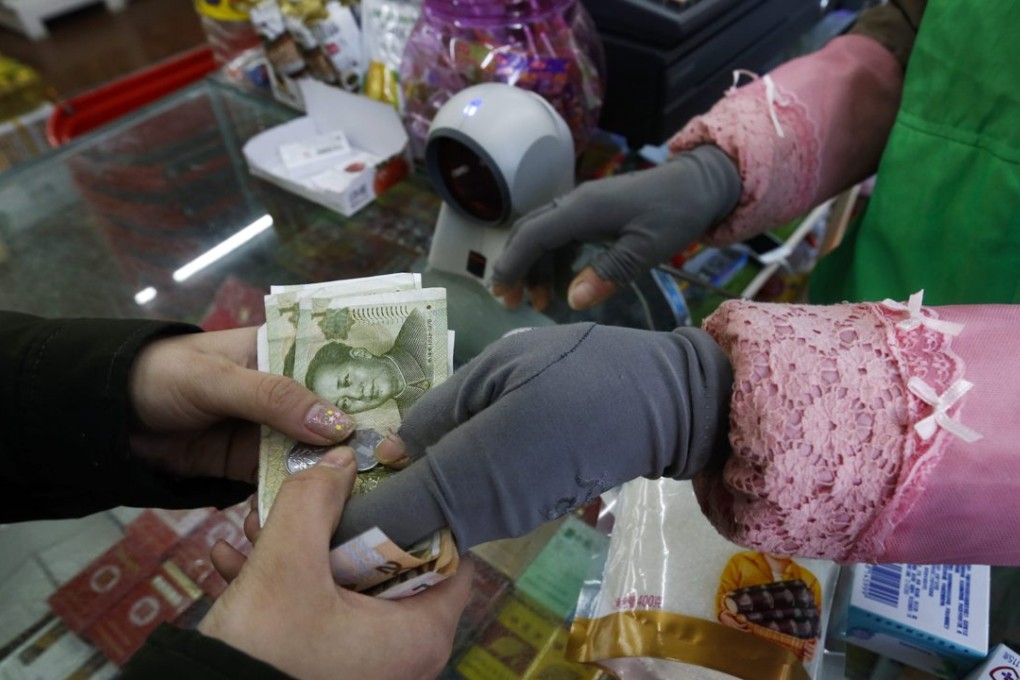Macroscope | Ask not whether yuan will fall, but how low it will go
Societe Generale can envisage a situation where Beijing moves to a free-float within six months

Premier Li Keqiang may believe that “shorting” the Chinese economy is “absurd” but many beg to differ at least when it comes to the yuan, with major banks and hedge funds expecting the currency to continue to fall by varying degrees through the rest of 2016.
On February 3, HSBC analysts raised their “end-2016 USD-CNY forecast to 6.90, from 6.70” characterised by “more and larger USD-CNY upward adjustments followed by policy-induced temporary calm”, a process the bank calls “ease-then-squeeze”.
“Amid strong capital outflows and depreciation expectations in the market”, HSBC argues that China will eschew radical alternatives and seek to follow “a middle path in its pursuit of reforms”.
“This means a slightly accelerated pace of FX flexibility, temporarily aided with some administrative hurdles on capital outflows and other measures to deter excessive speculation,” the bank wrote.
Japan’s Bank of Tokyo-Mitsubishi UFJ (BTMU) also sees some capacity for the yuan to decline in value, expecting it to be at 6.77 to the US dollar by the end of the third quarter of this year before staging a rally into the calendar year end.
BTMU’s analysts argue Chinese domestic economic considerations will lend themselves to a weaker yuan in coming months, noting also that in US dollar terms China’s headline foreign direct investment growth had “turned negative” by the end of last year.
